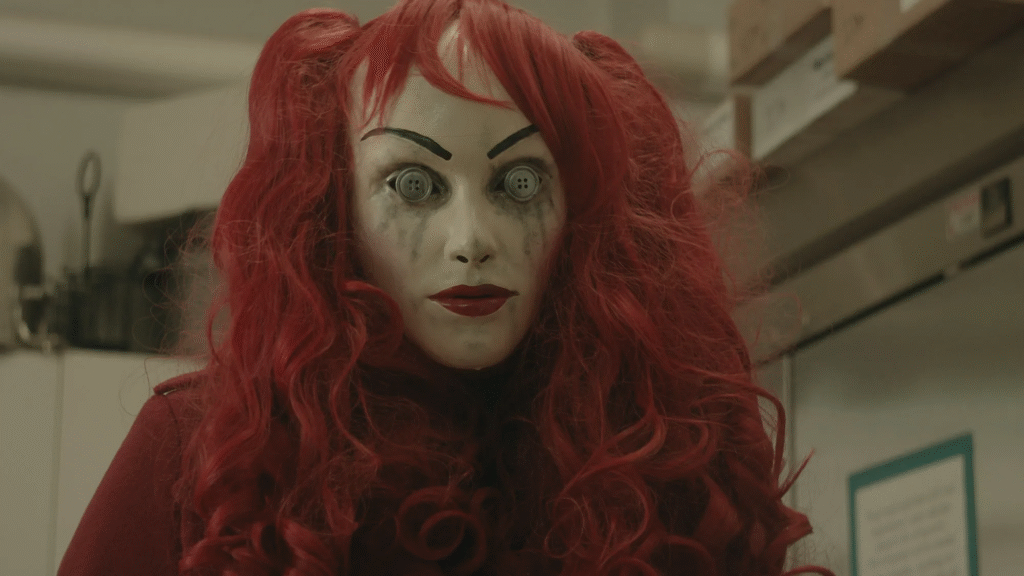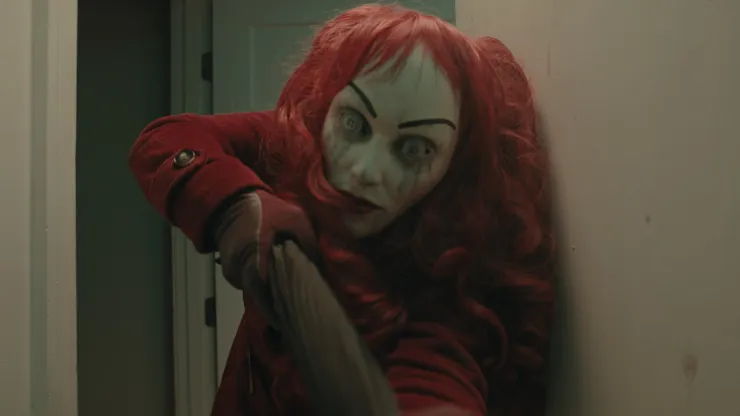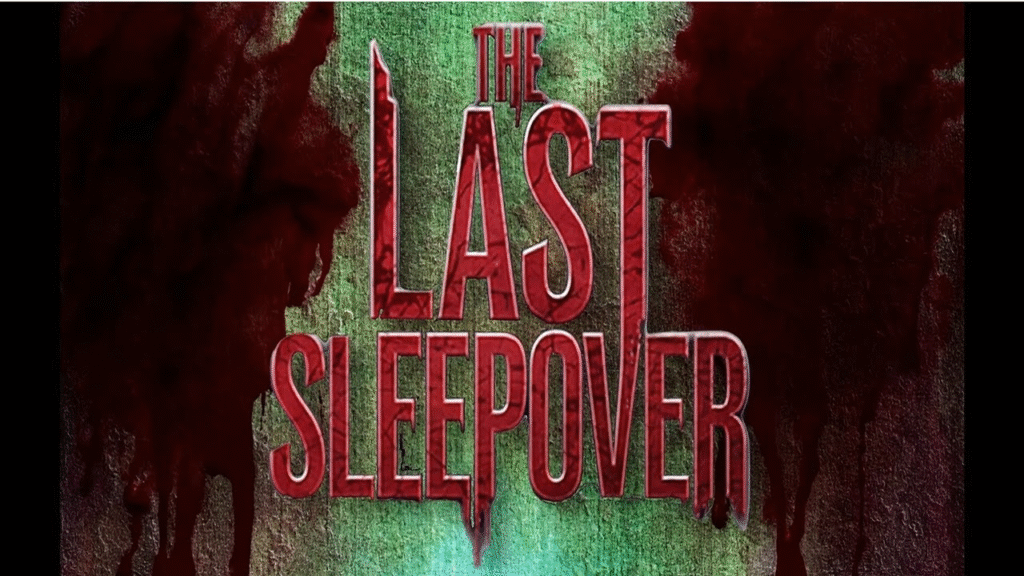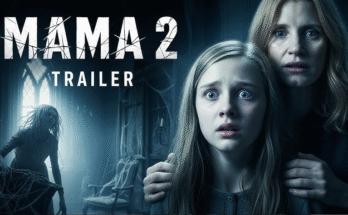The Last Sleepover (2026) delivers a spine-chilling return to slasher horror, where one prank haunts a generation and vengeance has finally awakened. Gareth “Slasher Trash” Morgan crafts a tense, terrifying tale in which the past refuses to remain buried, and those who once inflicted cruelty must now face the consequences in a house of horrors.

The story centers on a group of former teens, now adults, whose youthful mischief led to a tragedy they thought long forgotten. The killer’s return is personal, methodical, and unrelenting—turning their home into a trap where every corner conceals danger, every shadow hides judgment, and every memory becomes a weapon.
The antagonist is terrifyingly intimate. This killer doesn’t just hunt at random; they know the victims’ secrets, fears, and weaknesses, making each confrontation deeply psychological as well as brutally physical. The suspense builds as the audience anticipates who will survive, how, and why.

Morgan’s direction blends traditional slasher tension with modern horror sensibilities. Tightly framed shots, sudden reveals, and lingering moments of dread create an oppressive, fear-laden atmosphere where even silence is threatening.
Supporting characters provide layers of tension, emotion, and conflict. Old friendships are tested, alliances fracture, and guilt magnifies the terror, adding complexity beyond mere survival. Each character’s history and choices feed directly into the narrative’s suspense.
The kills are inventive, shocking, and deeply personal. Practical effects and clever cinematography elevate the horror, ensuring that each death is memorable, terrifying, and emotionally impactful. The audience feels the weight of the killer’s vengeance in every scene.

Cinematography captures both claustrophobia and dread. The house becomes a character itself, with dark hallways, creaking floors, and flickering lights amplifying tension. Every camera angle heightens unease and keeps viewers on edge.
Sound design intensifies every heartbeat, creak, and whisper. Eerie silences punctuate sudden shocks, while ambient sounds create an immersive sense of vulnerability and suspense, ensuring the terror resonates long after each scare.
Themes of guilt, revenge, and the consequences of cruelty run throughout. The film explores how past actions can resurface in violent, unexpected ways, forcing characters—and audiences—to confront uncomfortable truths about morality, responsibility, and survival.
Pacing maintains relentless tension, alternating between psychological dread and sudden, explosive horror. The narrative ensures that fear is constant, suspense builds steadily, and every scene contributes to the looming sense of inevitable reckoning.
By the finale, secrets are revealed, alliances are tested, and survival comes at a harrowing cost. The Last Sleepover delivers a conclusion that is both shocking and cathartic, leaving audiences haunted by the sins of the past and the horrors of revenge.
⭐ Rating: 4.7/5 – The Last Sleepover (2026) is a masterclass in modern slasher horror, combining psychological terror, inventive kills, and relentless suspense for a nightmare you’ll never forget.




